Panasonic Lumix TZ40 review
Panasonic's latest TZ flagship brings a new 18.1MP sensor and built-in Wi-Fi and NFC
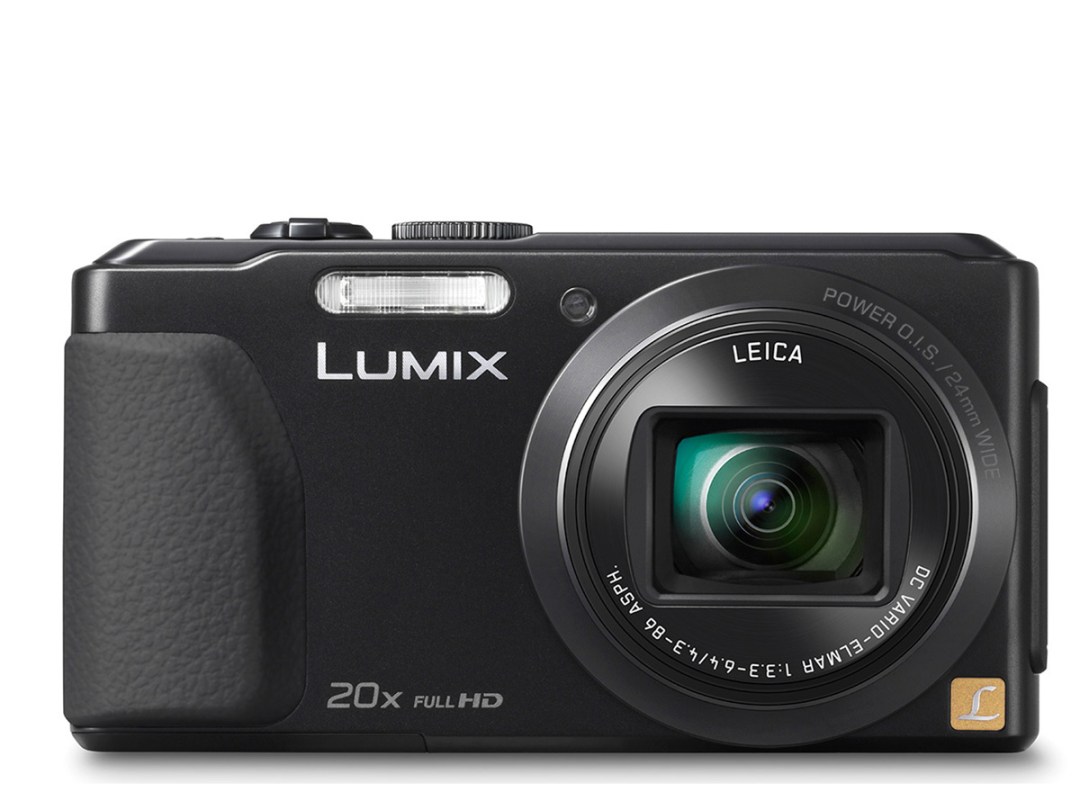
Introduction
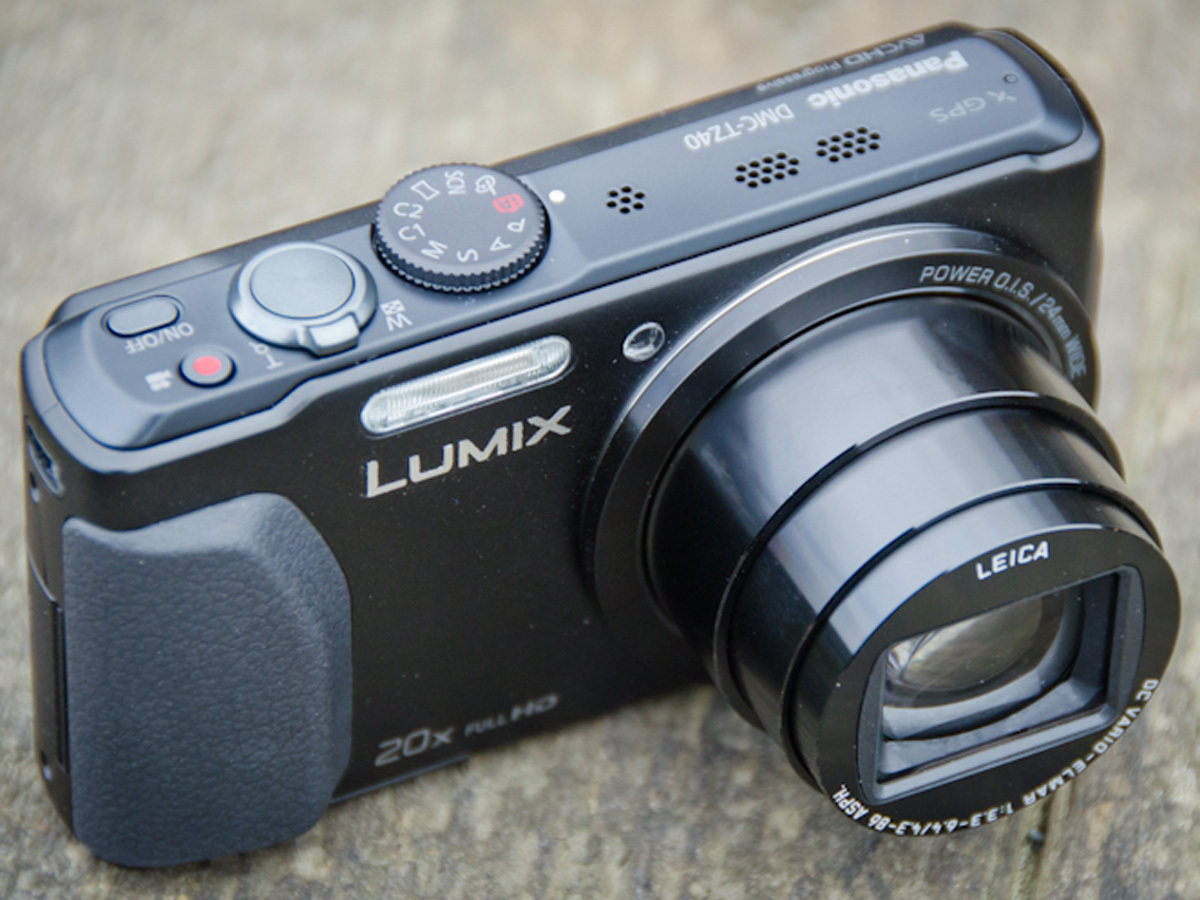
The TZ40 is the latest flagship model to grace Panasonic’s perennially popular ‘TZ’ travel zoom range, and while little has changed on the outside, under the hood the new model brings with it several notable upgrades, including a new 18.1MP sensor, a one-touch Panoramic capture mode, and built-in Wi-Fi and NFC connectivity. Does the TZ40 have what it takes to compete with the likes of the Nikon S9500, Canon SX260 HS and Sony WX300? Time to find out.
Design and Build Quality
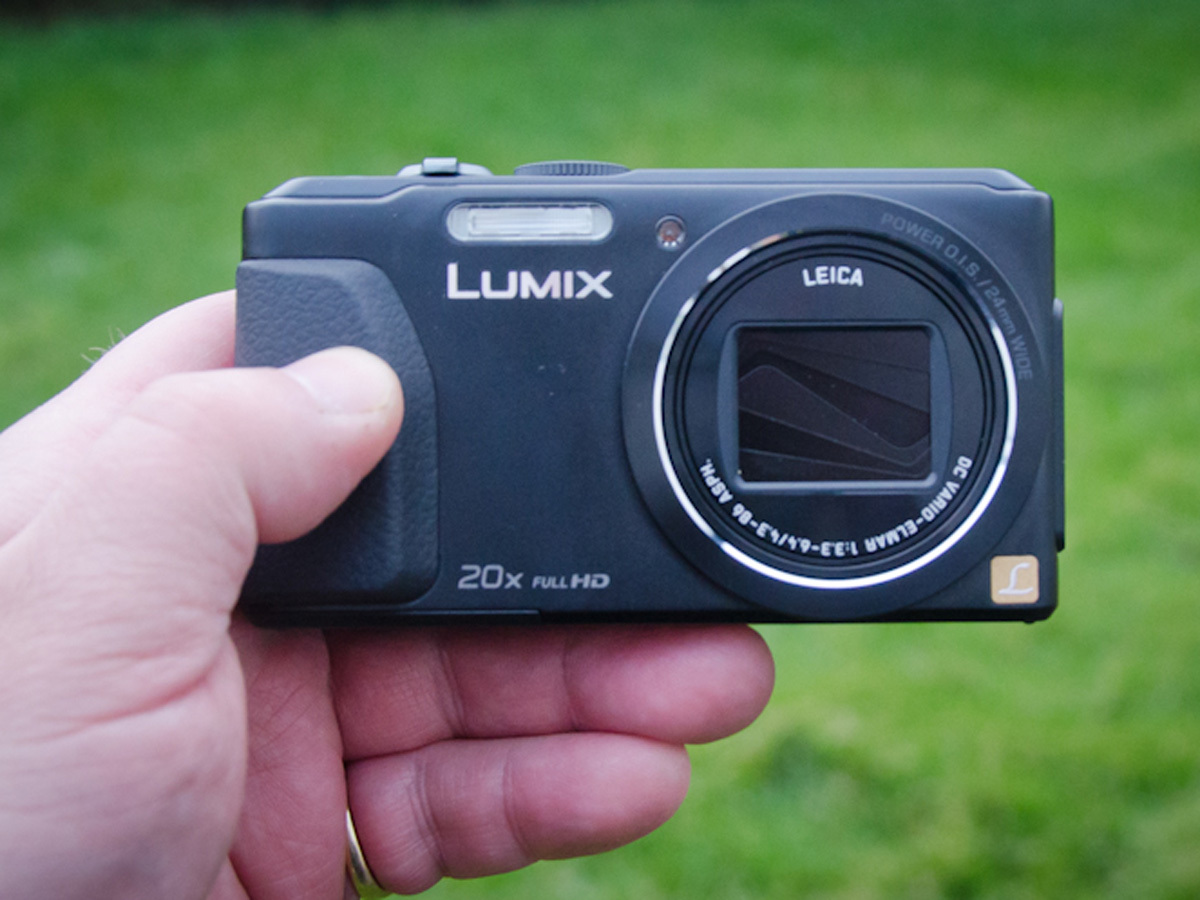
With its aluminium casing and shiny metal buttons the TZ40 looks and feels every inch the flagship travel compact. At 198g with a battery and card inserted, it also has a relatively solid, reassuring weight to it without being overly heavy. The only real exception to its otherwise excellent build quality is the plastic battery compartment cover, which feels flimsy compared to the rest of the camera. The front is finished with a sculpted, rubberised finger-grip that enables you to get a secure grip on the camera for easy one-handed shooting.
Shooting Modes and Features
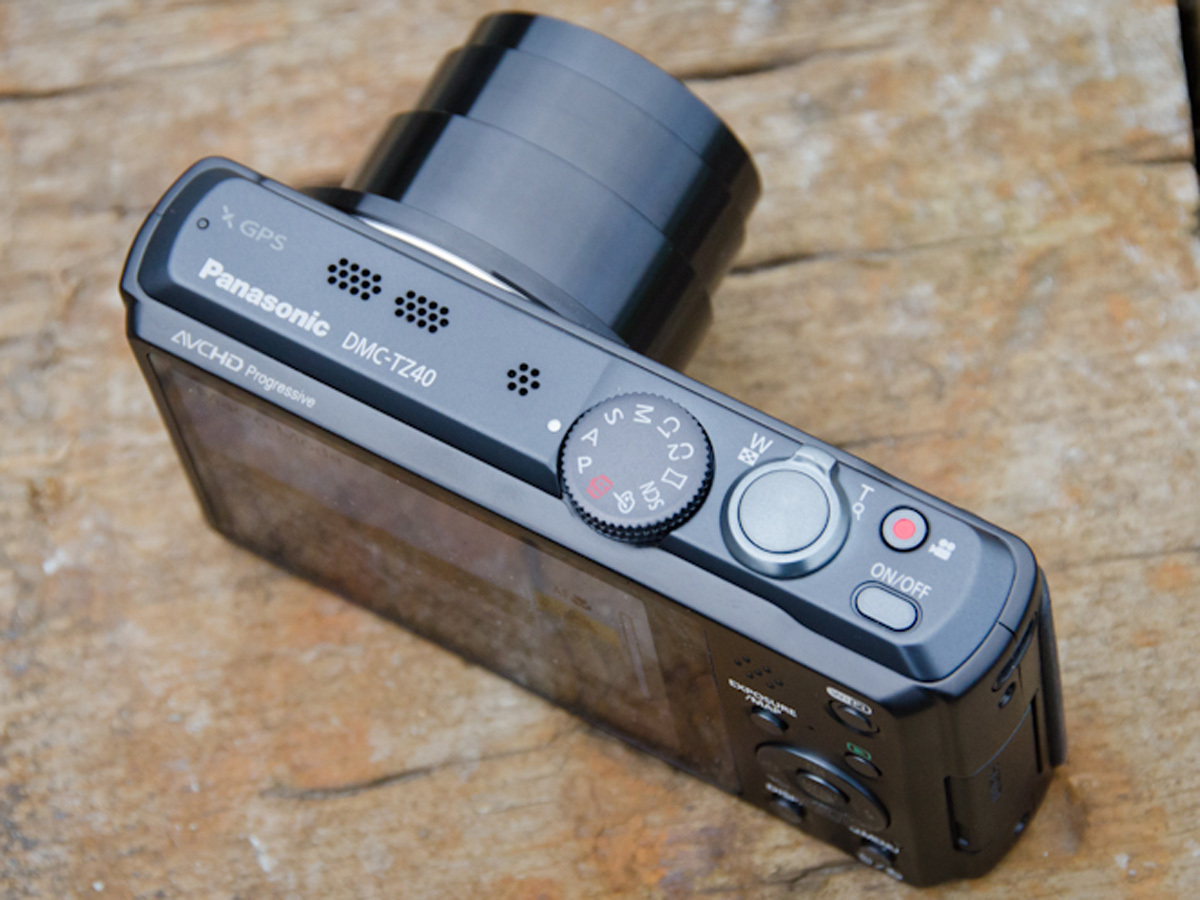
The TZ40 benefits from a generous range of exposure modes – Program, Aperture-priority, Shutter-priority and Manual modes are available for those users who want to take direct control over exposure settings, while the fully automatic iAuto mode provides a consistently accurate alternative for those who’d prefer to let the camera do all the work. In addition to these standard exposure modes, the TZ40 also offers a range of fourteen Creative Control digital filter effects along with an all-new, one-touch Panoramic Mode for creating ultra-wideangle shots. Last but not least is a digital compass and built-in GPS geotagging, along with an electronic level guide to ensure straight horizons.
20x Leica Lens

The TZ40 is equipped a Leica-made 20x optical zoom that offers the 35mm focal range equivalent of 24-480mm. The Intelligent Digital Zoom feature allows you to boost this up to 40x, although there is a loss of image quality involved. Panasonic’s excellent Hybrid Optical Image Stabilisation technology is also on hand to help keep your pictures sharp at slower shutter speeds and extended focal lengths. With a maximum aperture of f/3.3 at 24mm and f/6.4 at 480mm the TZ40’s lens isn’t particularly fast, although it is slightly faster than its main travel compact rivals, which tend to hover around the f/3.5-f/8 mark.
Wireless Connectivity

The big trend for digital cameras in 2013 is wireless connectivity, and the TZ40 duly delivers with built-in Wi-Fi and NFC. Captured images can be sent directly to Panasonic’s own cloud service (Lumix Club), or to your smartphone, tablet or desktop PC without using any cables. You’ll need to install the free Panasonic Image App first, which can be pretty fiddly to set up the first time round. Once connected, you can then use your mobile device or desktop PC to upload your images to Facebook and the like, or to email them on to friends. If your phone or tablet offers NFC then the whole process is even simpler – simply tap the two devices together and the images will transfer across.
Movie recording
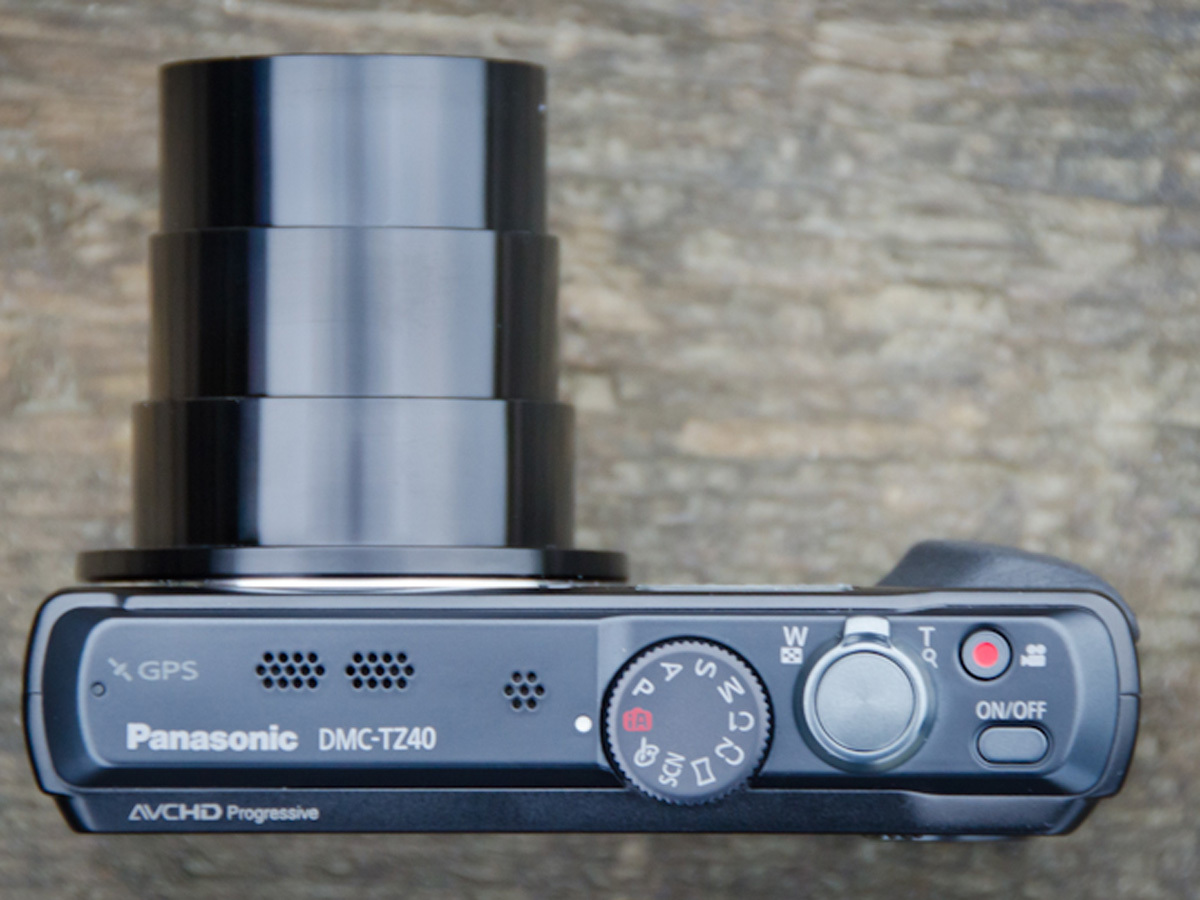
Panasonic cameras have deservedly earned a good reputation for HD movie recording in recent years and the TZ40 is no exception. Employing the HDTV-friendly AVCHD format alongside the more computer friendly MP4 format, the TZ40 is well blessed with a generous range of quality options, from a maximum 1080p Full HD at 50fps to 640 x 480 VGA quality at 25fps. Video quality at the top setting is excellent, with superb detail, good levels of contrast and the smooth capture of moving subjects. Should you want to get creative then the TZ40 also offers some high-speed movie capture options that will play back in slow motion.
Screen and Performance
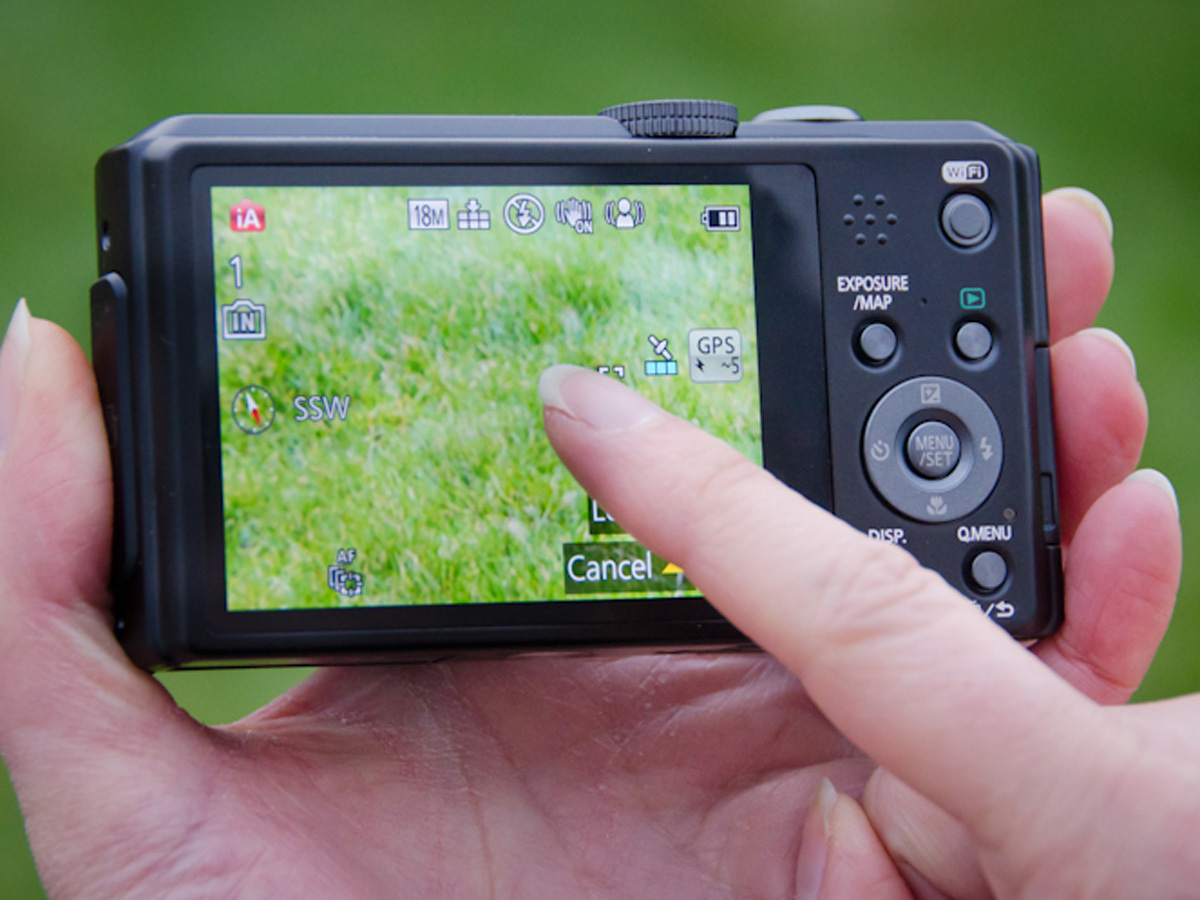
One notable improvement the TZ40 enjoys over the TZ30 is that resolution on the three-inch rear display has been boosted from 460k-dots to 920k-dots, providing a much sharper image overall. Furthermore, the TZ40’s touch-screen functionality also allows you to swipe across the screen to scroll though your images, while pinch-to-zoom is also supported. In terms of performance, the TZ40 is quick to start-up with only a hint of shutter lag. The inclusion of Panasonic’s Light Speed AF tech brings focus-lock times down to around 0.1 seconds, too – making the TZ40 one of the fastest-to-focus cameras in its class. Continuous shooting extends to a maximum 10fps in AF-S mode, or 5fps/2fps in AF-C mode, which again is pretty impressive for a camera of this type.
Image Quality
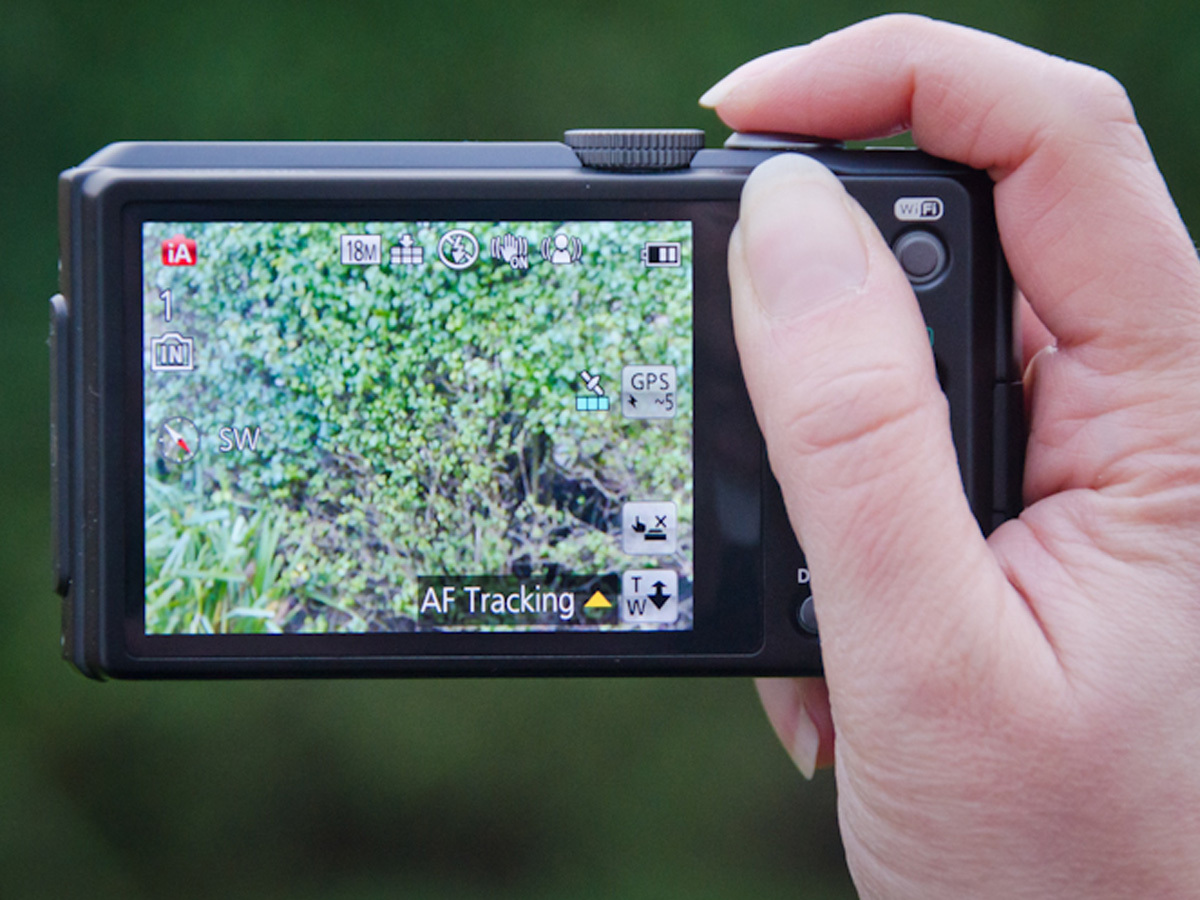
Unfortunately the TZ40 is JPEG-only, which means you can’t capture images in the more Photoshop-friendly Raw format. It’s not all bad though, and the TZ40’s new 18.1MP Live MOS sensor is capable of capturing more detail than the 14.1MP chip found inside the TZ30. Overall image quality is very good, with the TZ40 delivering sharp, bright images with accurate colour reproduction and consistent white balance. The lens is noticeably sharper at wideangle settings than at its telephoto maximum, although that’s a common trait with most travel compacts. Noise isn’t a problem at lower sensitivity settings, however from ISO 800 upwards some grain does begin to creep in, becoming progressively more intrusive the higher you go.
Verdict

Panasonic has once again delivered the goods. The TZ40 is a richly featured and highly versatile travel compact that is sure to appeal to anyone looking for a digital camera that’s small enough to take anywhere but flexible enough to capture great images – even when your subject is far away. With the addition of Wi-Fi and NFC connectivity, Panasonic has also ensured that the TZ40 is future-proofed with the must-have digital camera technology of the day. If you’re in the market for a reliable and well-featured travel compact then the Panasonic Lumix TZ40 is undoubtedly well worth a closer look.
Review by Audley Jarvis



